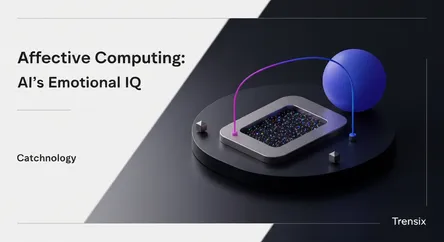Technology
Affective Computing: AI's Emotional IQ

Explore Affective Computing, the AI field that enables computers to recognize, interpret, and simulate human emotions for more empathetic tech.
What is it?
Affective Computing, often called Emotion AI, is a branch of artificial intelligence dedicated to developing systems that can recognize, interpret, process, and simulate human emotions. It bridges the gap between human emotional expression and computational technology. This field uses data from various sources, including facial expressions, vocal tones, gestures, and even physiological signals like heart rate and skin conductivity, to understand a user's emotional state. The goal is to create more natural and empathetic interactions between humans and machines.
Why is it trending?
The rise of Affective Computing is driven by advancements in machine learning, sensor technology, and a growing demand for personalized digital experiences. Businesses are using it to improve customer service through emotionally aware chatbots and to gauge audience reactions to advertisements. In healthcare, it's being explored for mental health monitoring and assisting individuals with autism spectrum disorder. The automotive industry is also implementing it to enhance driver safety by detecting drowsiness or distraction through emotional cues.
How does it affect people?
Affective Computing is poised to make our interactions with technology more intuitive and supportive. Imagine a virtual learning assistant that adapts its teaching style based on a student's frustration or a car that senses driver stress and suggests taking a break. However, it also raises significant ethical questions regarding privacy, consent, and the potential for emotional manipulation. As this technology becomes more integrated into daily life, establishing clear guidelines for its responsible use is becoming increasingly critical.